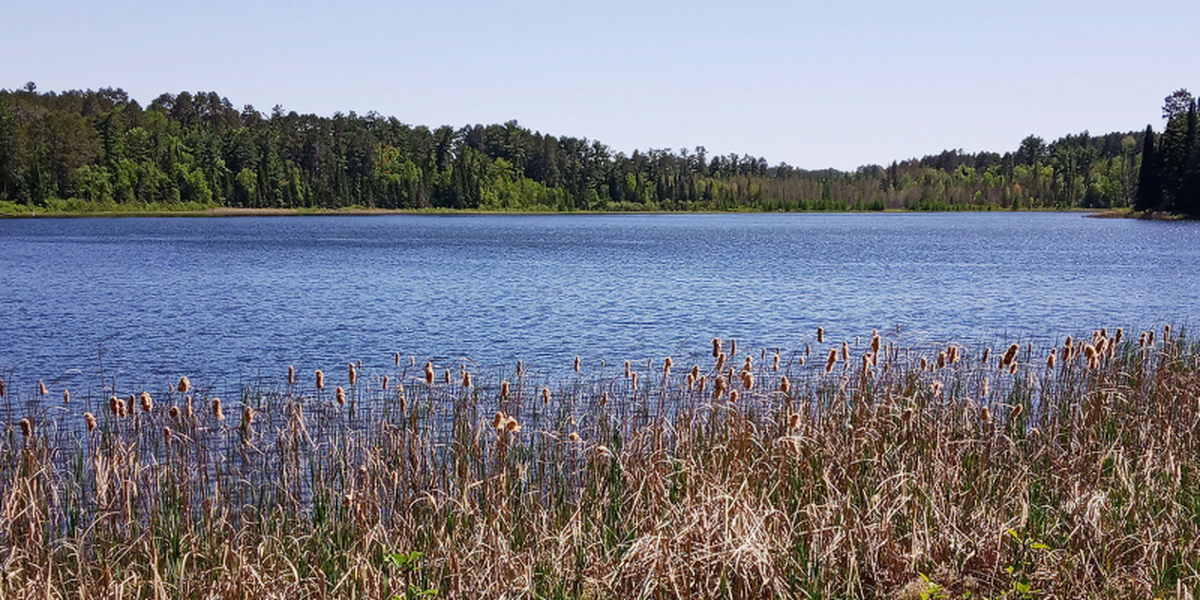
Dragonflies are well known for their superb hunting skills and their long distance migrations. How do they do what they do? The fact that they have evolved large prominent eyes is a dead give-away. One aspect of their fascinating biology is those large eyes that occupy most of their heads. Dragonflies use their sophisticated visual systems to chase and capture prey in mid-air. Some dragonflies have eyes that merge at the top, while others have eyes that are separated. This latter — less well studied — group includes the many species of clubtails found at Itasca State Park. I study how different eye morphologies help them see their prey when they hunt. This will provide insight into the multiple paths taken by dragonfly evolution. Small problem, not many people have worked with adult clubtails. We have many unknowns ahead, but that’s what makes science exciting. Here’s a peek into our time up north.
May 25 | Day 2
Dragonfly tent up, cameras good to go, nets raised high. But no dragonflies.
May 27 | Day 4
Sandstorm from two days ago sent the temperatures plummeting. There are some dragonflies around. No clubtails. Driving around Wilderness Drive, keeping our eyes peeled, we’re entertained by Miji Radio, transmitting from the White Earth Reservation not far away. A curious sight on Lake Mary. From the road we saw dragonflies flying from the lake and into the woods. Clubtails. All freshly emerged Dusky Clubtails.
May 30 | Day 7
You don’t fully appreciate the effect a beaver dam has on an ecosystem until you’ve had to navigate on in a canoe. Crawling out of the water, up the reeds was yet another clubtail species. Green and much larger than the dusky clubtail. Consulting Dragonflies of the North Woods by Kurt Mead, this beauty seems to be a Rusty Snaketail.
May 31| Day 8
Finally! The mass emergence at Lake Itasca. Collected more dusky clubtails, and introduced them to the dusky clubtails from Lake Mary. We were hoping the tent would fool them into thinking they were outside, so we could get some good videos of them hunting inside. Turns out, they’re smart enough to be stressed about being in a tent even if it’s walls are just mesh. How to observe the natural behavior of a dragonfly without losing it. Leash it, of course. It’s fiddly work, tying a fishing line to a dragonfly abdomen, but it does the job.
June 8 | Day 16
Wrapping up. The weather and the whims of the dragonflies kept us on our toes, but we adapted. With tweaks to the originally planned experiment, we even managed to collect some good videos, to be analyzed when we get back in a couple of days. Looks like the last few days will be all about collecting. For the nymphs, we once again waded into the headwaters. One passerby asked us if we were collecting gold. I wish. Not far downstream, native leaders and environmental activists have gathered to try and stop Line 3. I wonder if drilling fluids and oil flow upstream.
— Siddhant Pusdekar
About the article | This article originally appeared in the Fall 2021 edition of Upstream, a biannual publication by Itasca Biological Station and Laboratories.